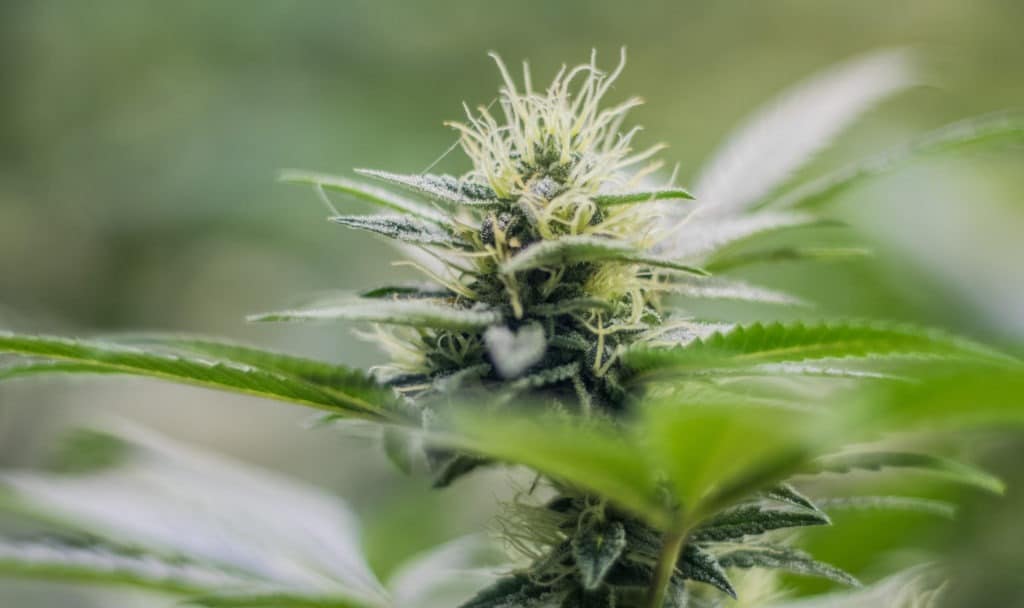The answer is yes. There is some confusion out there regarding the relationship between Hemp and Marijuana, the two often being referred to as cousins. While it is nearly impossible for plants of a different Genus to hybridize or outcross with one another, the Genus, in this case, is Cannabis. It is very common for plants from the same Genus to hybridize freely among different Species. This can be very desirable when it involves a breeding program with the goal in mind of creating new varieties and strains. There are 3 species of Cannabis: Sativa, Indica and Ruderalis. While there are hemp varieties of Cannabis Sativa, Indica, and Ruderali, there also exist Marijuana varieties of Cannabis Sativa, Indica, and Ruderalis. The only legal distinction is regarding the levels of THC present. If there’s over 0.3% THC it is considered Marijuana, less than 0.3% THC and it’s called Hemp. Other than that distinction, it is the same plant with different characteristics bred into it either by man or nature. That standard perhaps came about because of Finola, a hemp variety used to produce hemp oil. Finola is the first oilseed variety of hemp recognized by Canada and Europe, and the first variety developed for use as a grain vice fiber.
Breeding
Breeding and growth of both Marijuana and Hemp are increasing across the U.S. For basic breeding, one thing that is required is pollen. Male plants generate the pollen which pollinates female plants. If a female plant is not pollinated, it would produce swollen flowers without seeds present. Female plants receiving just small amounts of pollen at the right time will produce an abundance of seeds. Cannabis, hybridizing freely as it does, is much more prone to do just that. The name of the game for growing both Hemp and Marijuana is to produce females only. This yields the best material for CBD Extraction in Hemp, THC Extraction in Marijuana and high-quality flowers for the sale of the bud for both.
Growing Marijuana vs Hemp
The biggest difference between the Marijuana grower and the Hemp grower is their approach to planting. Hemp farmers plant significantly more plants per acre than do Marijuana farmers, in the range 1500 to 2500 on average. Marijuana Farming isn’t normally viewed on a per-acre basis. One acre planted with 2000 plants yielding a pound of dry flower per plant comes out to a ton of weed. Most Marijuana Farmers historically do not grow on that scale. Another distinct difference is choosing to grow from seed. This is very common with Hemp and up until recently very rare for Marijuana. Growing from a clone, which isn’t completely uncommon for Hemp, is the standard for Marijuana.
Growing from seed presents several potential concerns:
- How legitimate is the Marijuana/Hemp Breeder? This can be somewhat complicated when dealing with Marijuana, still illegal Federally, and Hemp, just recently legalized on the Federal level. The goal for both groups when purchasing seed is to obtain feminized ones. The question then becomes, how many generations did the Breeder go through to stabilize the strain being offered? F4 seems to be desirable, while anything less than F4 can equal the presence or even abundance of unwanted male plants along with hermaphrodite plants. A small amount of pollen shed is likely to produce many unwanted seeds in your harvest. The optimal outcome is zero seeds.
- A Hemp Farm planted from seed from even the most reputable source with an extremely stabilized breeding program, still runs the risk of producing male or hermaphrodite plants which may pollinate female plants. From clone, this is a rare occurrence. However, there’s always a slight chance of hermaphroditism depending on the vigor of the mother plant from which the clone comes from along with how well the clones themselves were cared for. Stress can cause plants to do strange things such as wanting to produce seed. Growing from clone does cost more initially, and clones also require a lot of care along the way before eventually getting transplanted. Transplanting clones is a huge undertaking compared to setting seeds. Many growers who purchase seed will start plants indoors or in a greenhouse but eventually, they must be transplanted. Seeds tend to be superior in their development of a taproot in comparison to clones but there have been great results from the clone as far as yield is concerned.
Anyone farming Cannabis with anything other than clones is likely to get at least some seed production from their crop. Finding seed from a reputable source is the key to bypassing clones. This will increase the likelihood that seed production from flowering CBD will be minimized. Having some seeds produced isn’t all bad when it comes to the production of CBD Oil. However, if you’re growing for flower production, consumers prefer no seeds. While one or two per 1/4 ounce may be overlooked, more than that will be a deterrent for customers seeking a high-quality CBD flower. Shopping around when purchasing clones or seeds and asking lots of questions is highly recommended. A trustworthy distributor will be knowledgeable and have information readily available upon request.

Comments (0)
-